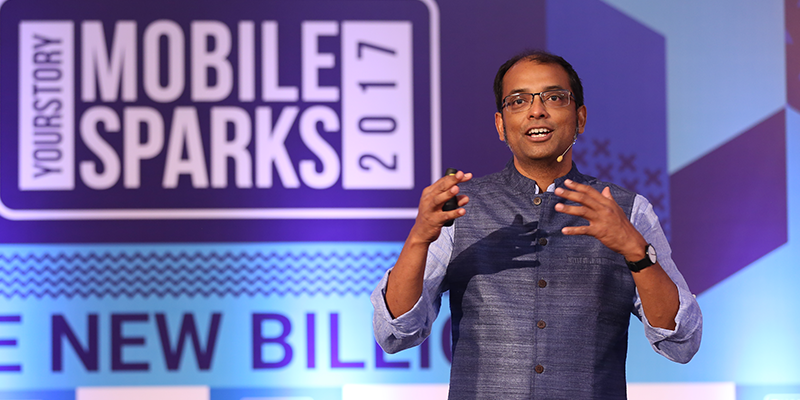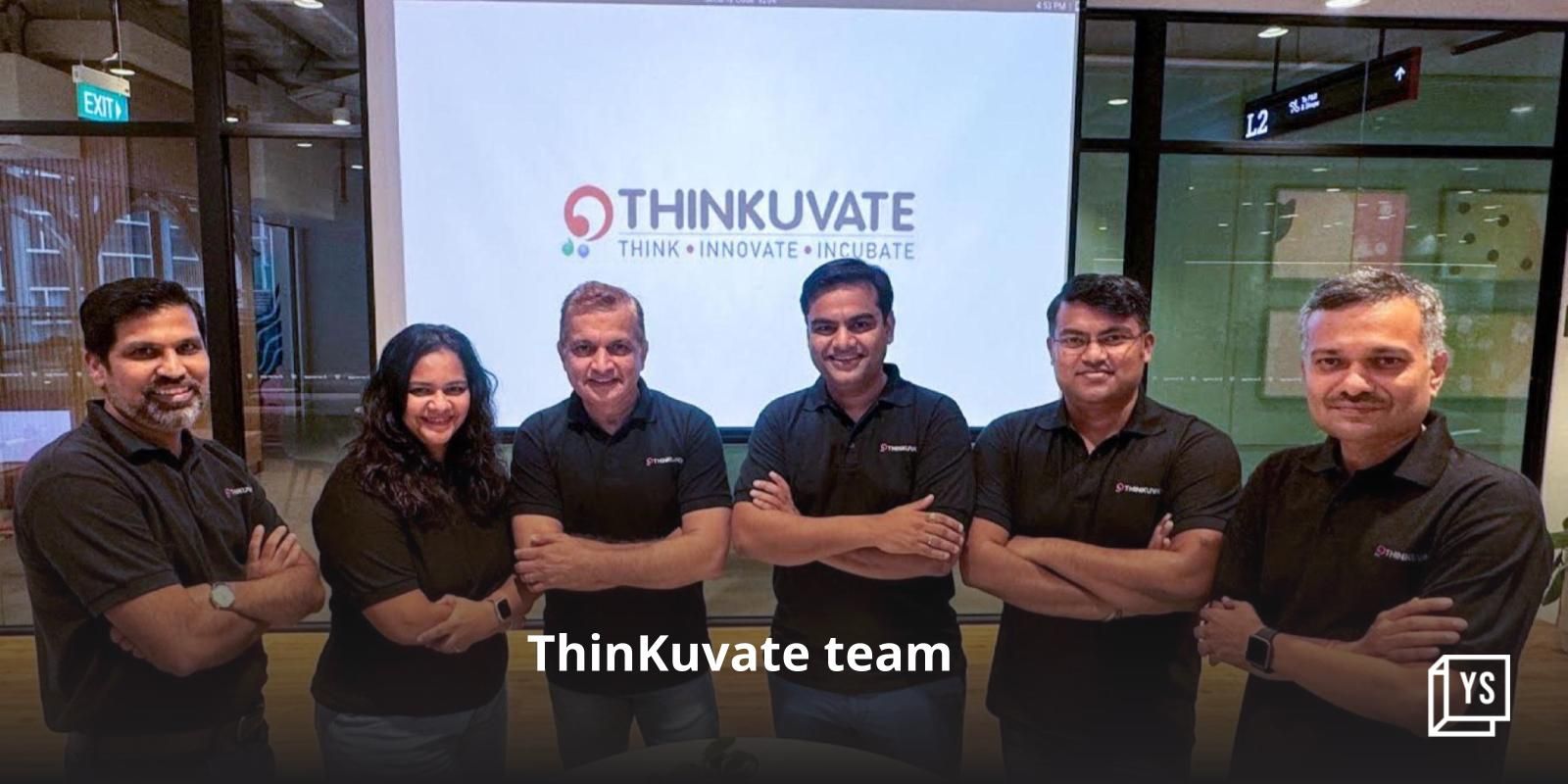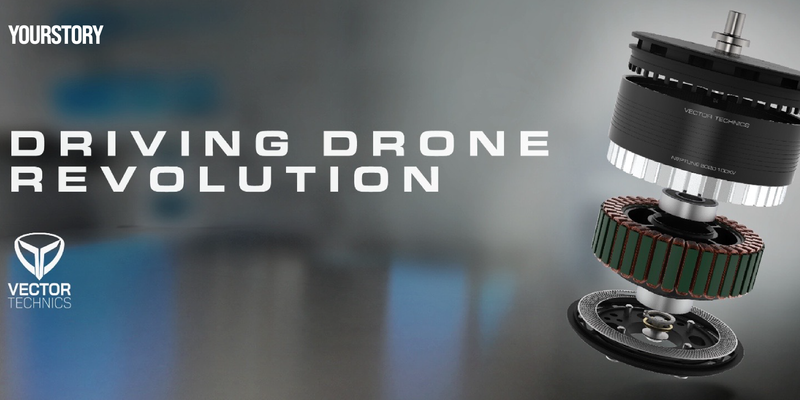‘Make design more humane,’ says Jay Dutta of MakeMyTrip
Today, startups are trying to base design on business numbers and features, but Jay believes that design is about relevance.
After working for stellar organisations like Adobe and Flipkart, Jay Dutta, a celebrated UX-UI designer, went on to work for MakeMyTrip as an SVP UX designer. He was also a consultant VC for SAIF Partners. In his talk at MobileSparks 2017 in Bengaluru, Jay spoke about the future of design and how it evolved during his career.
Jay remarked that the best compliment for a designer is when a user validates a technology or a software. He quoted a user of Adobe, who once told him, “For 17 years, Adobe has helped me earn an honest living.”
This statement also made Jay think about how things changed in so many years. On delving into data, he found a correlation between sociology and design. “People changed partners, they changed cities, and India now has more mobile phones than toilets. Jugaad is not a scalable or a fungible business,” says Jay.

He added that India has gone from sachets of products to digital data sachets. In the digital consumption economy, apps hook you on and give the consumer satchets of data. Today, people consuming a lot more data and willing to spend on entertainment and news, is a global phenomenon.
What’s peculiar to India is the presence of multiple languages and scripts. “UI has gone from visual to voice to conversations,” said Jay. He added that in India, the business of mobile and design is like matching the bride and the groom. He even provided a view on how marriage apps work.
Although finding the right match on a marriage app based on community and other preferences is difficult, UX designers have solved this challenge by studying people. “There are low installs in India because there is a lack of context; only their relevance will make these apps prominent in terms of usage,” said Jay.
He even joked that apps are like an Indian wedding where you need to match-make well, or the marriage may not turn out to be satisfying, but people just live together. Besides, Jay reminded his audience that designing for the mobile world is very similar.
Is there a happily-ever-after moment? That’s the question every builder or developer asks. “How we engage with the next billion is one of the key questions being asked by engineers and designers,” said Jay.
However, Jay warns that designing for the billion is not the way forward and will have little meaning unless it is made easy-to-use for consumers.
For that, he mentioned that one can tap the potential of smartphones and its sensors to understand customer behaviour and design apps with the aim to simplify their usage.
As an example, Jay explained how Amazon and eBay made Ui-UX relevant with contextual messages.
“A good design is something that is used by everyone and every department,” said Jay.
Here are a few do’s and don'ts that Jay suggested:
- Look at mobile technologies geo locations and geo-tagging to gather data. The success of a design initiative depends on how many departments want to use it.
- Interfaces exist because there is no human being there. It has to be a conversation between you and me and there must be a sense of personalisation in the whole thing.
- Don't design for the next billion. Design around the “one” and how you can make it contextual for each individual and treat them as a mass.
- Design must communicate and show you care. For example, Uber allows one to cancel trips, rate drivers and vice versa.
- Be clever with your design because people can compare things.
- Do not over-communicate an idea.
- Every product has a soul and it is not just a set of features. People buy a Volkswagen car for safety or a Porsche for its sporty design. Good products stop being features. Great products resonate with the audience.
“Like marriage, not all relations are stable. When you have an awesome app, it might work for a while and then go down,” he said.
His tips for designers include the following:
- Avoid the disaster zone, which means designing for the next billion. Solve for context only and solve it well.
- Design must always be relevant to users.
- Build things keeping everyone in mind.
Jay emphasised that design is about building a relationship — “It should be considerate and thoughtful. Make your products humane and you’ll have everyone using your app every day.”











